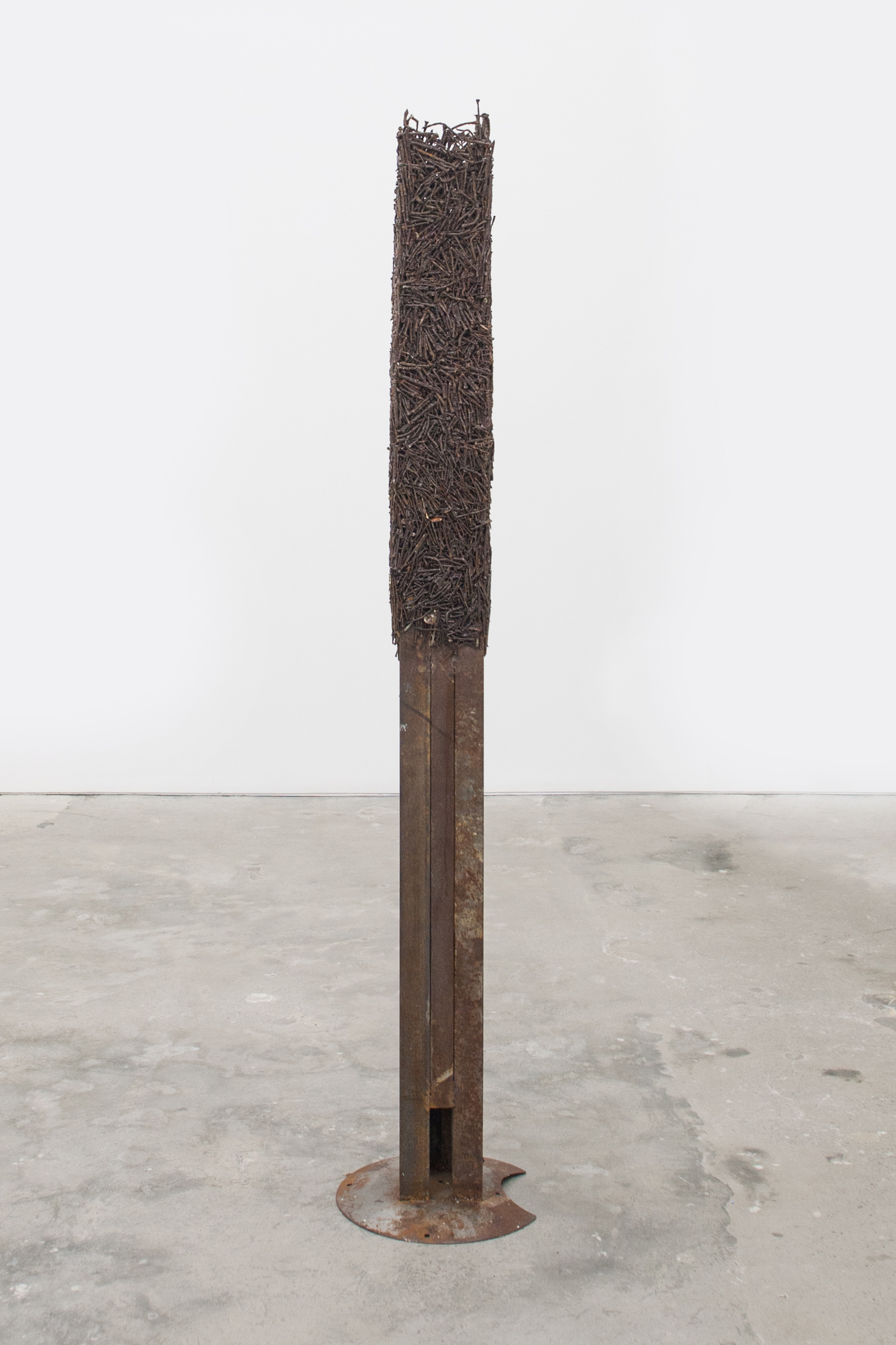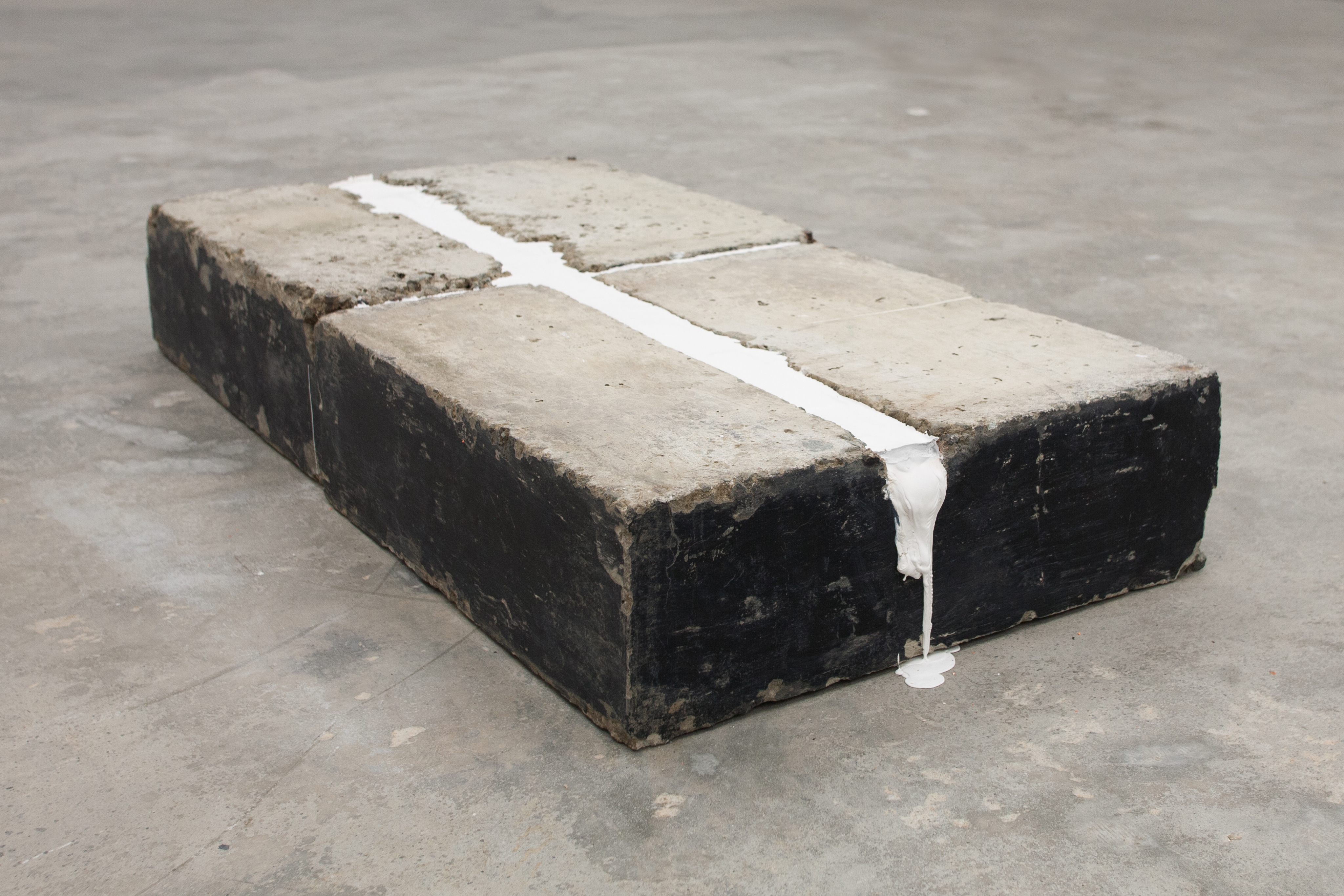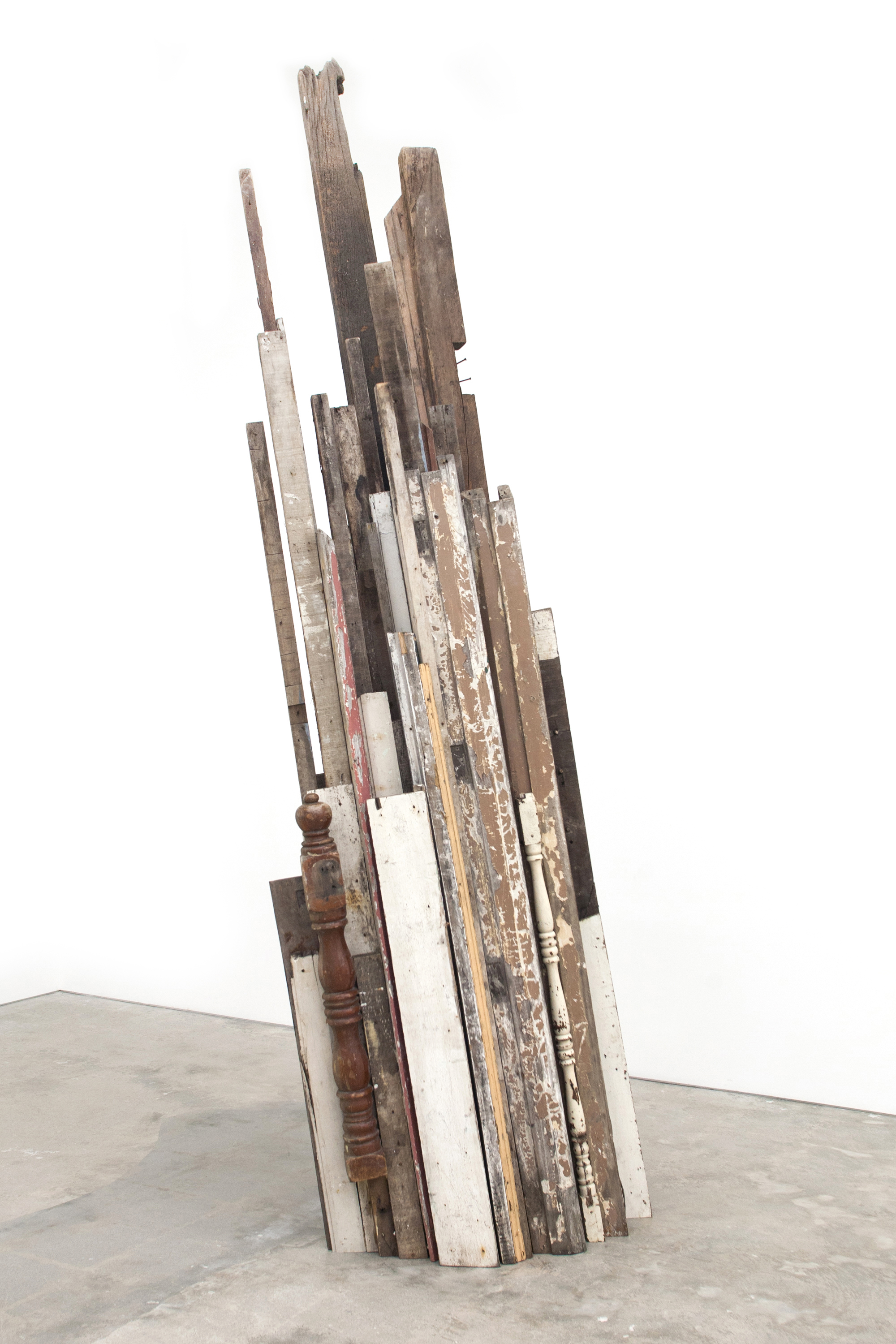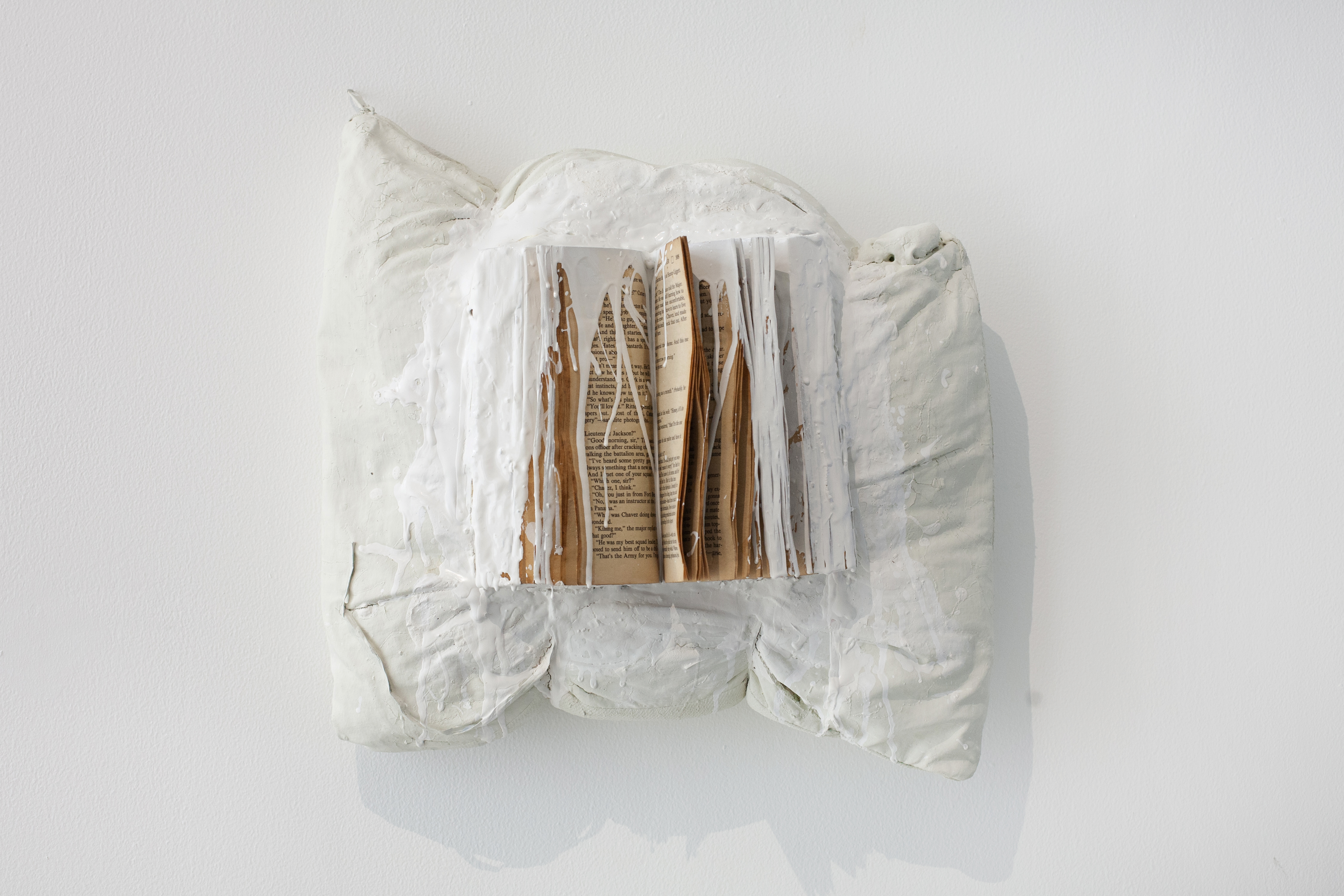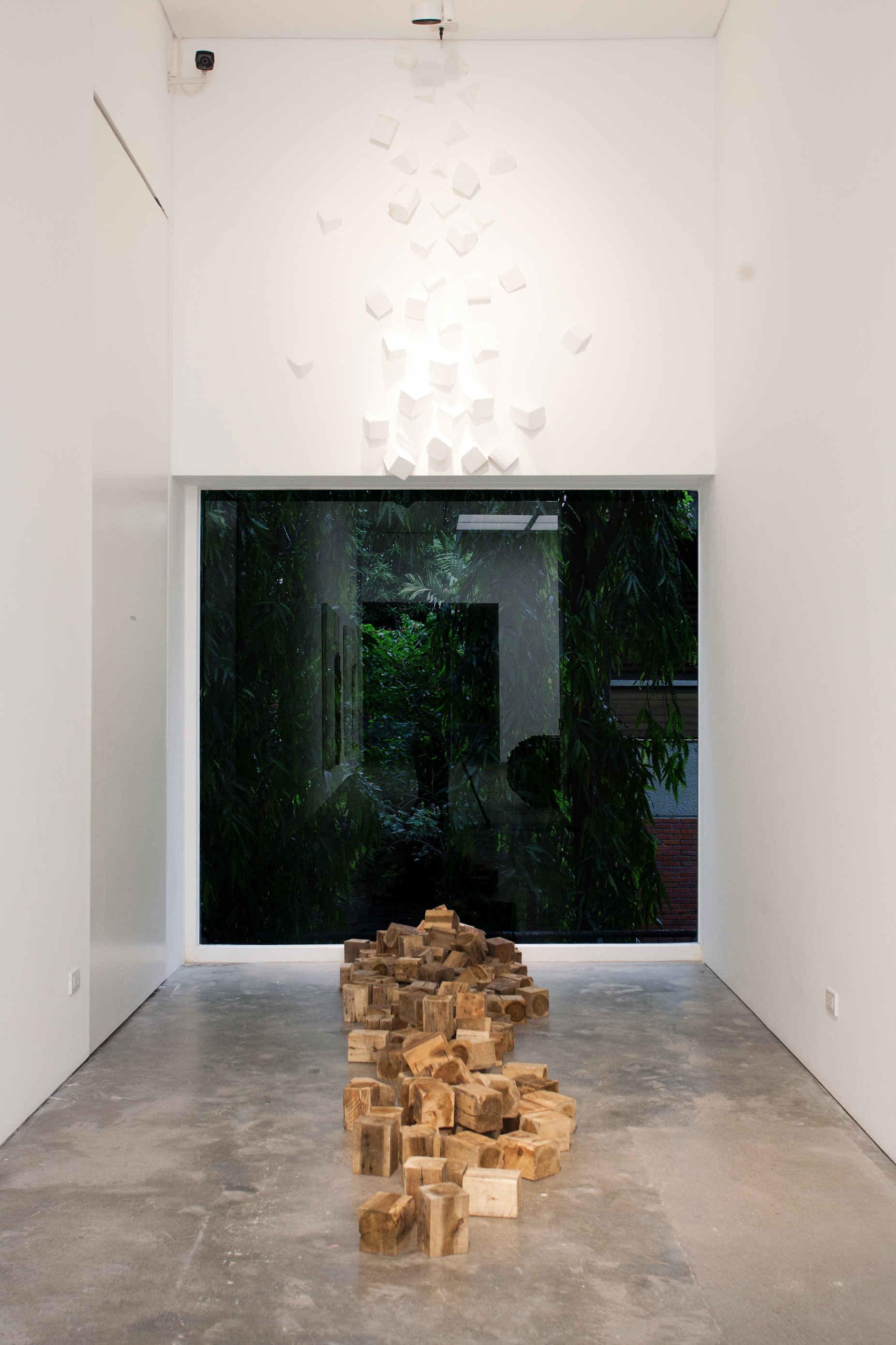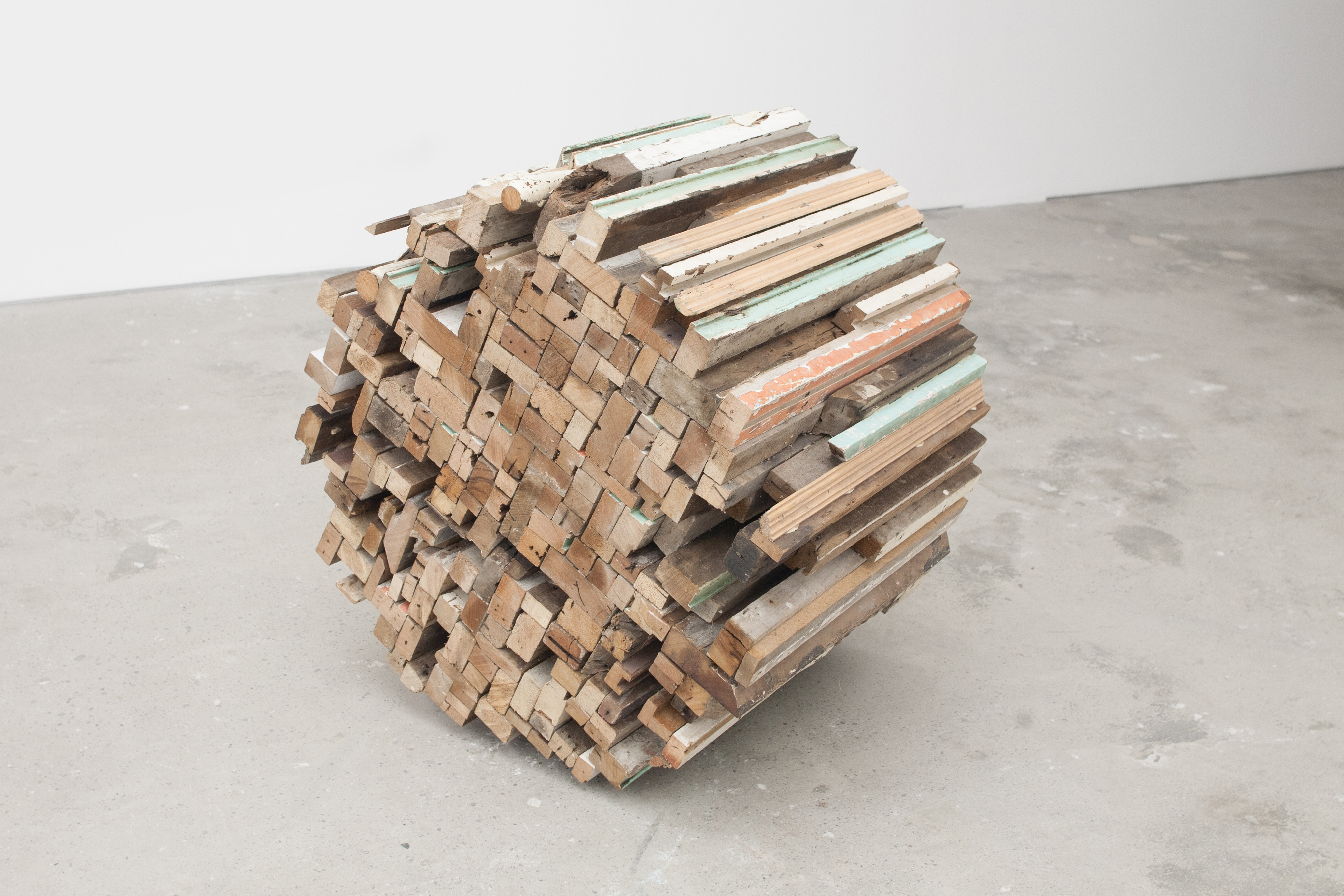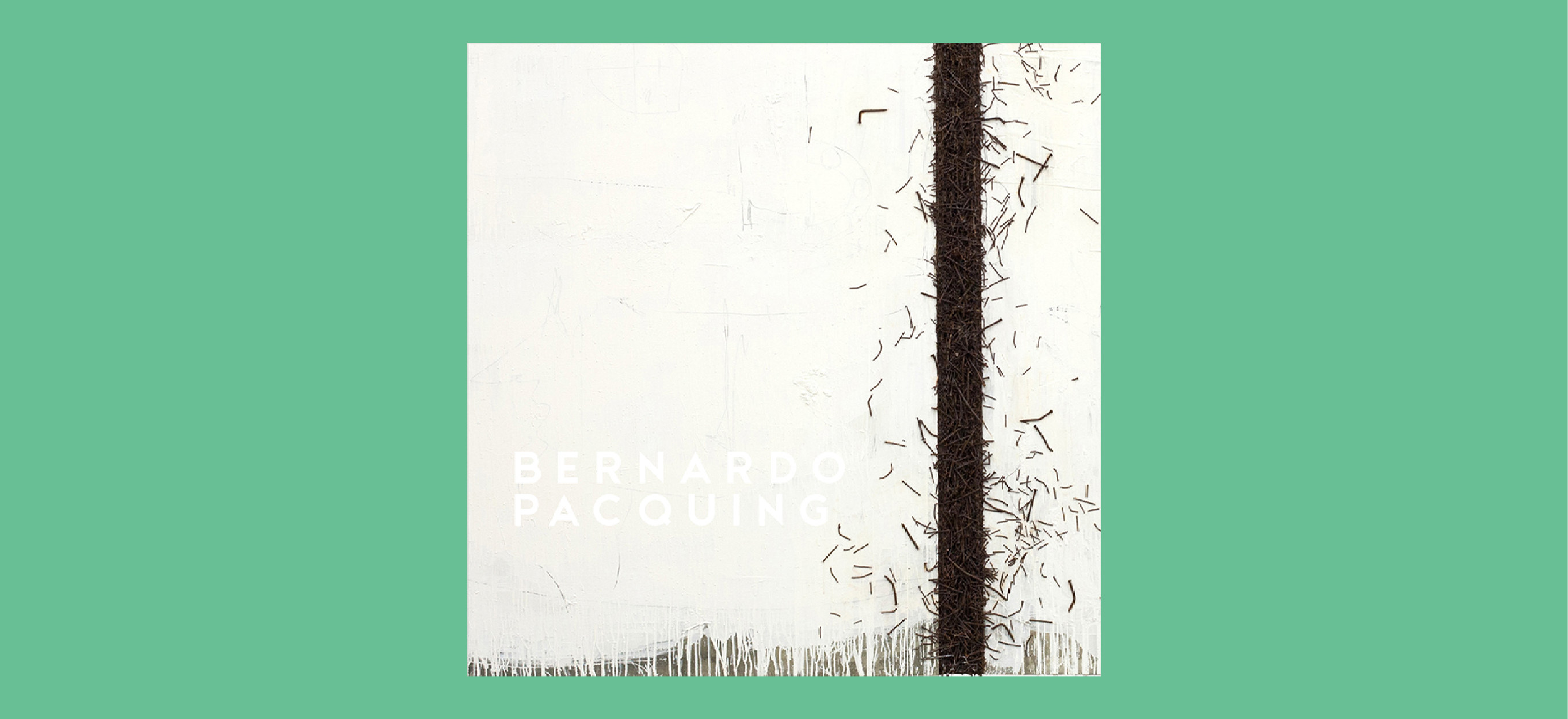
Video
About
Pacquing’s voiceover on his video interview “Bernie on Bernie,” takes us into his artistic process that serves as a prologue to his exhibition. In it he mentions “Binalikan kita pero ngayon mas tama. ‘Tinama kita...” (I went back to you, but this time it’s right. I MADE it right.) His words may ring true to fellow artist and even any person who has had a creative idea – a vision that evolves through time and molded by experience.
At the forefront of the exhibition audience are introduced to quintessential works bear- ing white on white paintings and assemblage works. In his “Convergence of Conditions and Culprits,” Pacquing re-introduces us to his white paintings of house paint on canvas. Along with it, we find a thick-gauged wire used for trellising plants sewn through the canvas, two copies of Mac for Dummies superimposed on a flat tire. The adjacent wall presents us with “Anticipatory Anxiety,” an assemblage of a casted pillowcase where a partially opened Tom Clancy novel is fixated. These pieces play as a prelude to other works and provide a biographical anecdote about Pacquing’s endeavors outside his studio. They provide us an overview of his passion for mountaineering; of his immersing with the local farmers of Nueva Vizcaya; and of his resilience and keen-eye on elevating the mundane objects that surrounds him.
In his series “Slit and Thrust,” Bernardo Pacquing ref- erences the Kalungaya tribe’s Cañao ritual where an animal is sacrificed during festivities. In its preparation, a pig’s chest is slit open, allowing a wooden stick to pound and thrust into the animal’s heart. He recounts this act as an overture to his process of assembling materials that are seemingly alien to each other and molding them into one coherent piece. In this series, two large-scale paintings are mediated with vari- ous materials ranging from household repurposed objects, hiking tools, and common artist materials. The resulting im- ages redefine the origin of their title into something that is both arresting and intimate of equal measure.
“Slit and Thrust” (1-5) constitutes an amalgamation of Pacquing’s paintings either joined or separated by varied found objects in the middle with a one-fourth space at the top left unoccupied. In each piece we find (1) three to four inch rusty nails salvaged from house renovations; (2) a stack on canvas fabric; (3) nine softbound books of equal thickness; (4) an aluminum stainless metal sheet with a diagonal cross section on top; and (5) a yellow cargo strap painted over in white. This bold act of inserting these media shifts the view- ers’ vantage point from the monumental painting pieces to each piece’ focal point creating a dynamic relationship be- tween unassumingly unrelated pieces.
Central to Pacquing’s installation and sculptures is the material’s provenance ranging from wood, concrete, and other parts from old houses collected through the years. In “Quorum Sensing,” 1960s parquet wood is used to form a sizeable basket sculpture and a trail of its ele- ments spilled over the floor. It lines up in front of a contrasting element in “Pine,” which combines rust coved used nails and metallic base to form a pole like sculpture. “Ridge Block” is a concep- tual re-imagination of a land terrain built from a slab of rectangular concrete with white paint filling out the trenched borders on it. A transection exposing the unknowable top or bottom of a circular assemblage of varied wood can be seen in “Tools Won’t Show You Which is Top or Bottom.” A towering wooden sculpture consisting of varying dimensions and sources tilts at an angle and aptly titled “East Wind.” This collection of works display Pacquing’s affinity to natural organic elements and his conceptual acumen in transposing raw materials into visual artistic elements.
His installation “Single Origin” conveys a dialogue between the hallway of the gallery and the natural scenery gazing from the other side. From the wood blocks laid on the floor it leads the viewers’ eye to wall-installed elements covered in paint as if camouflaging and merging with the white wall. Bernardo Pacquing’s conceptual work challenges the viewer’s perception of the tangible and emphasizes on the display context itself. The works’ ‘meaning’ tend to be abstracted rather they hint of introspection for the audience – to examine and to digest the pro- cess that lead to their final forms. The collective awe at these pieces suffices as a testament to Pacquing’s initial vision of doing it right – of making it right.
– leCruz
Bernardo Pacquing (b. 1967, Tarlac) has continually worked in abstraction and non-representation, exploring the physicality of surfaces and the material minutiae of urban life through painting and sculptural forms. Pacquing was a recipient of the 2000 Thirteen Artists Awards from the Cultural Center of the Philippines and was twice declared a winner of the Grand Prize for the Art Association of the Philippines Open Art Competition (Painting, Non- Representation) in 1992 and 1999. He received a Freeman Fellowship Grant for a residency at the Vermont Studio Center in the United States and had solo and group exhibitions in Manila, Guandong, and Singapore. Pacquing graduated from the University of the Philippines College of Fine Arts in 1989.
Works
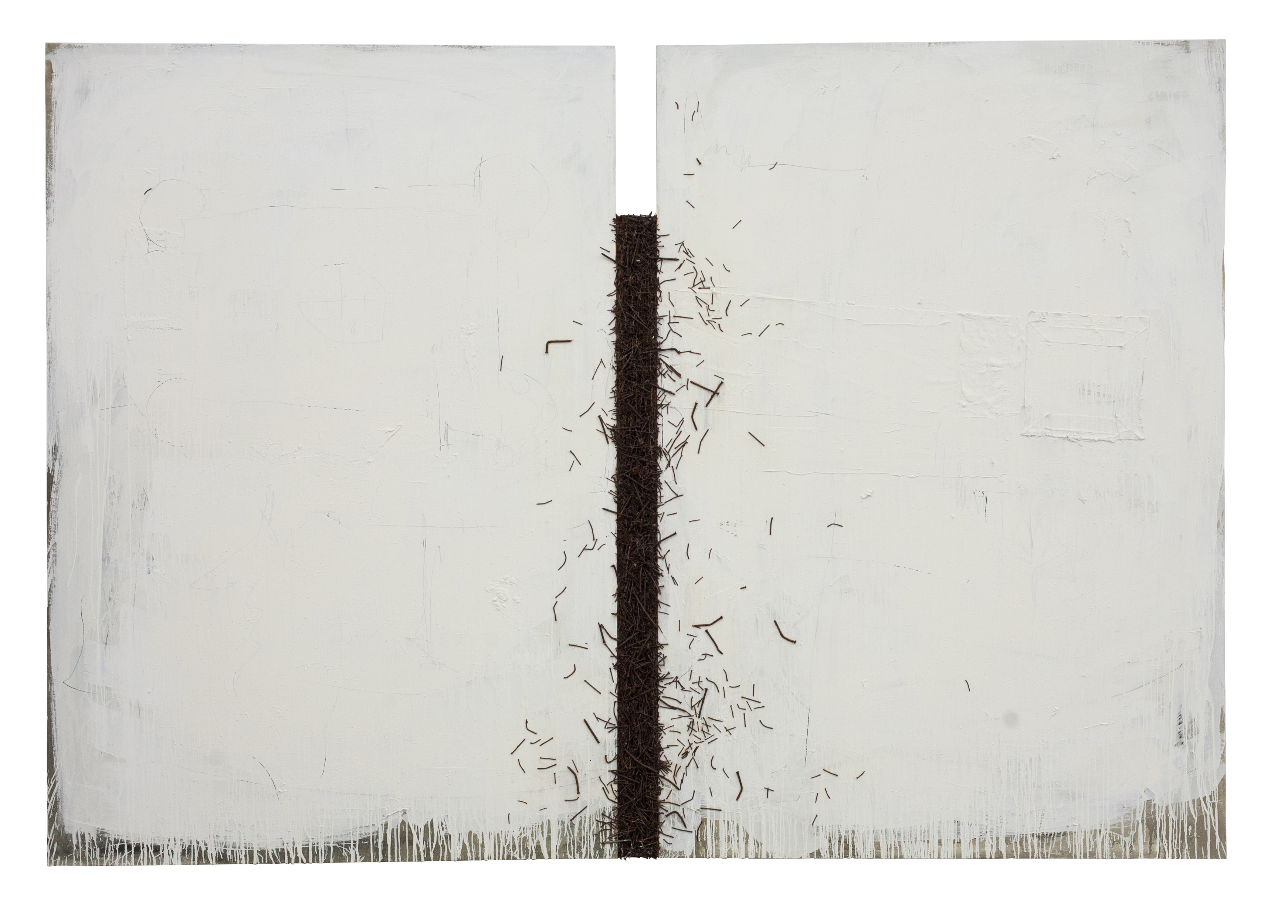
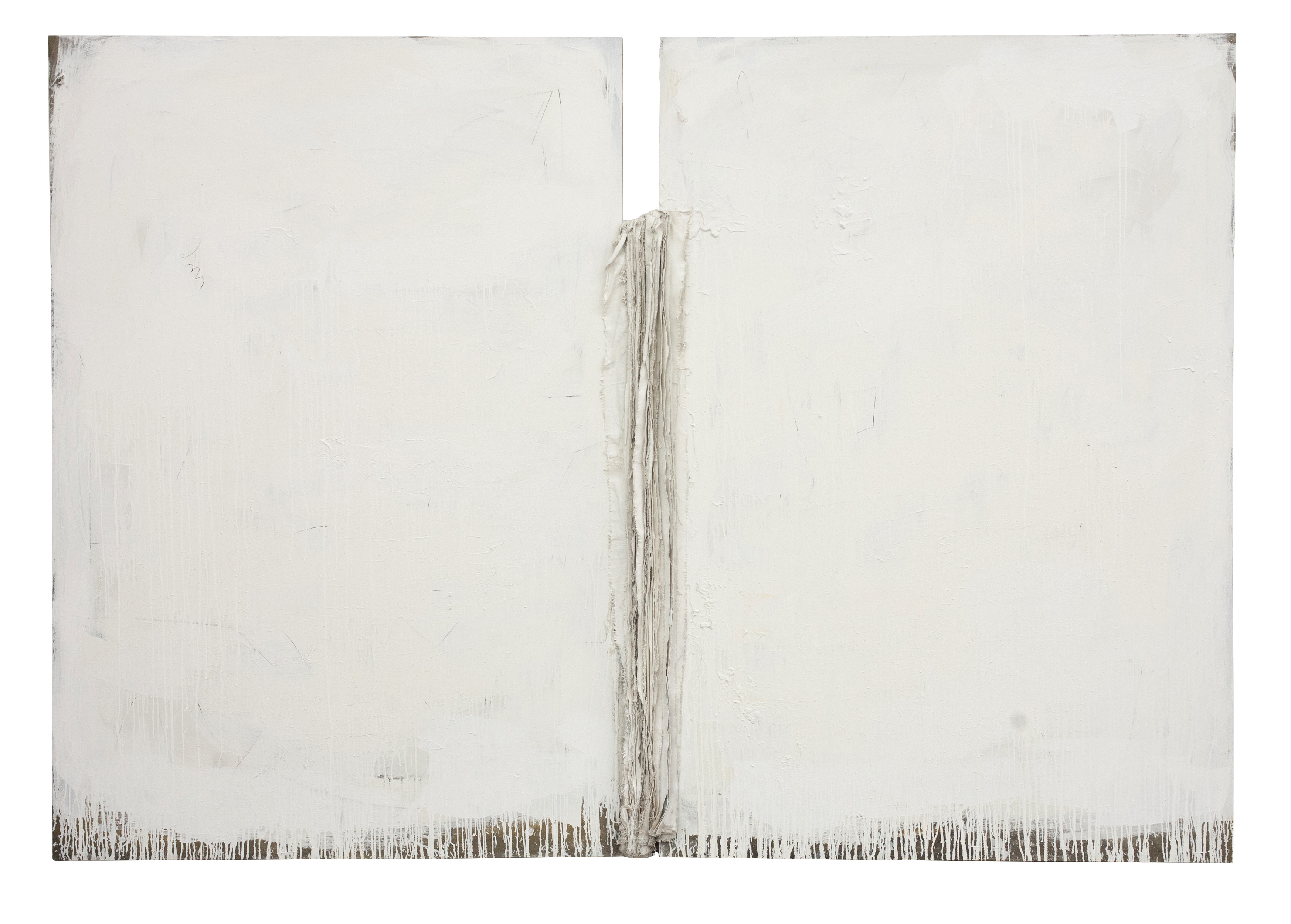
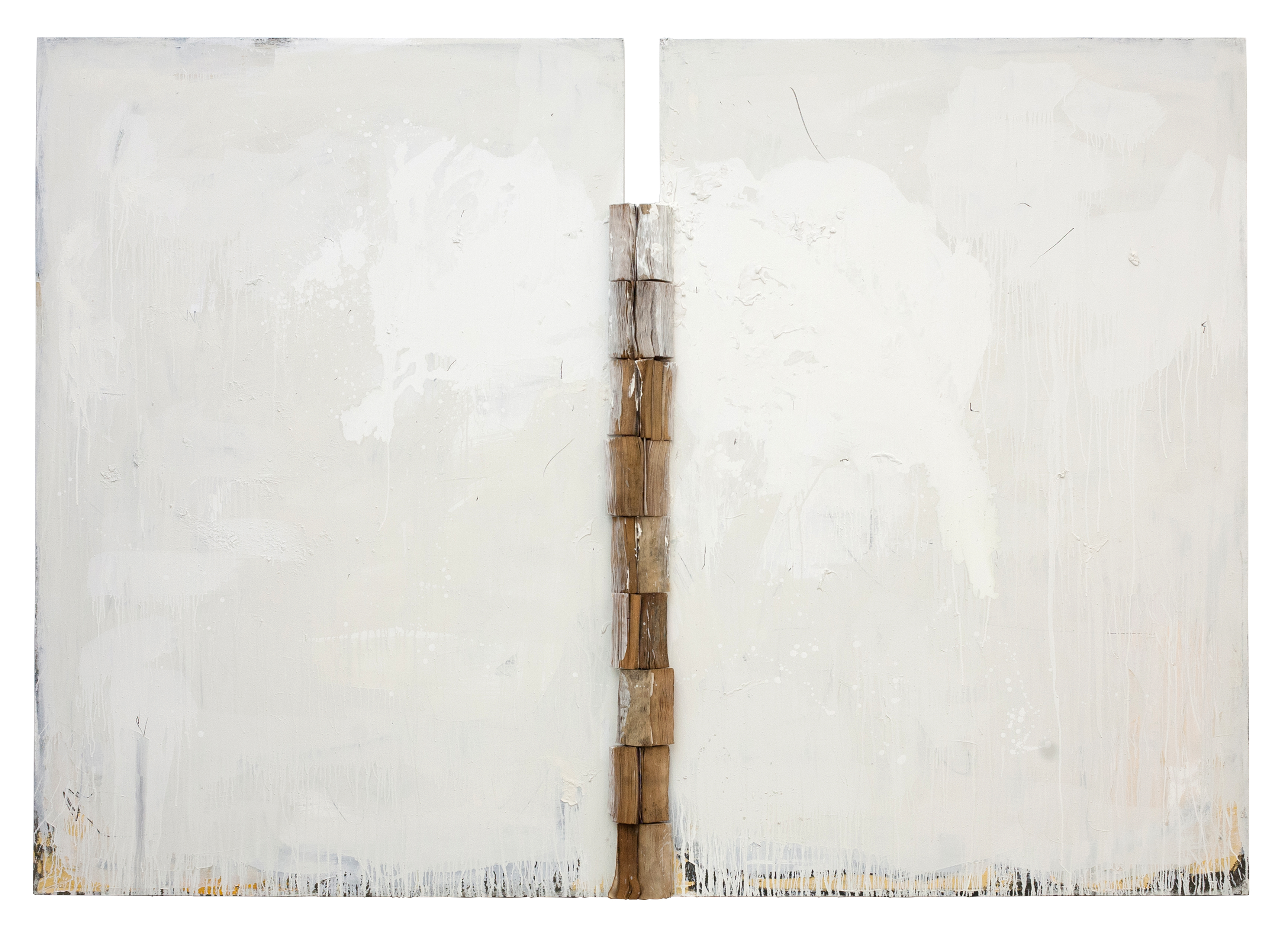

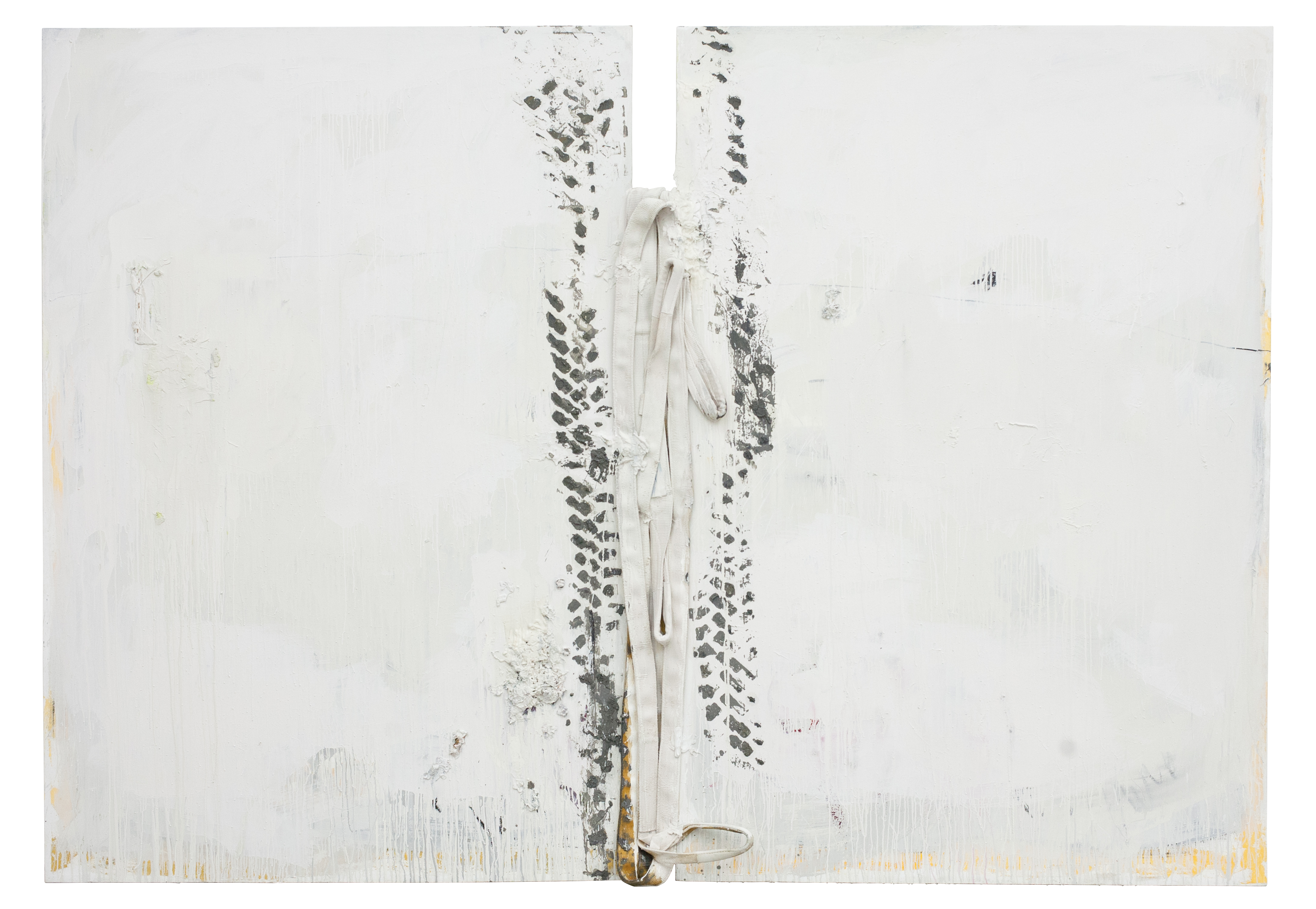
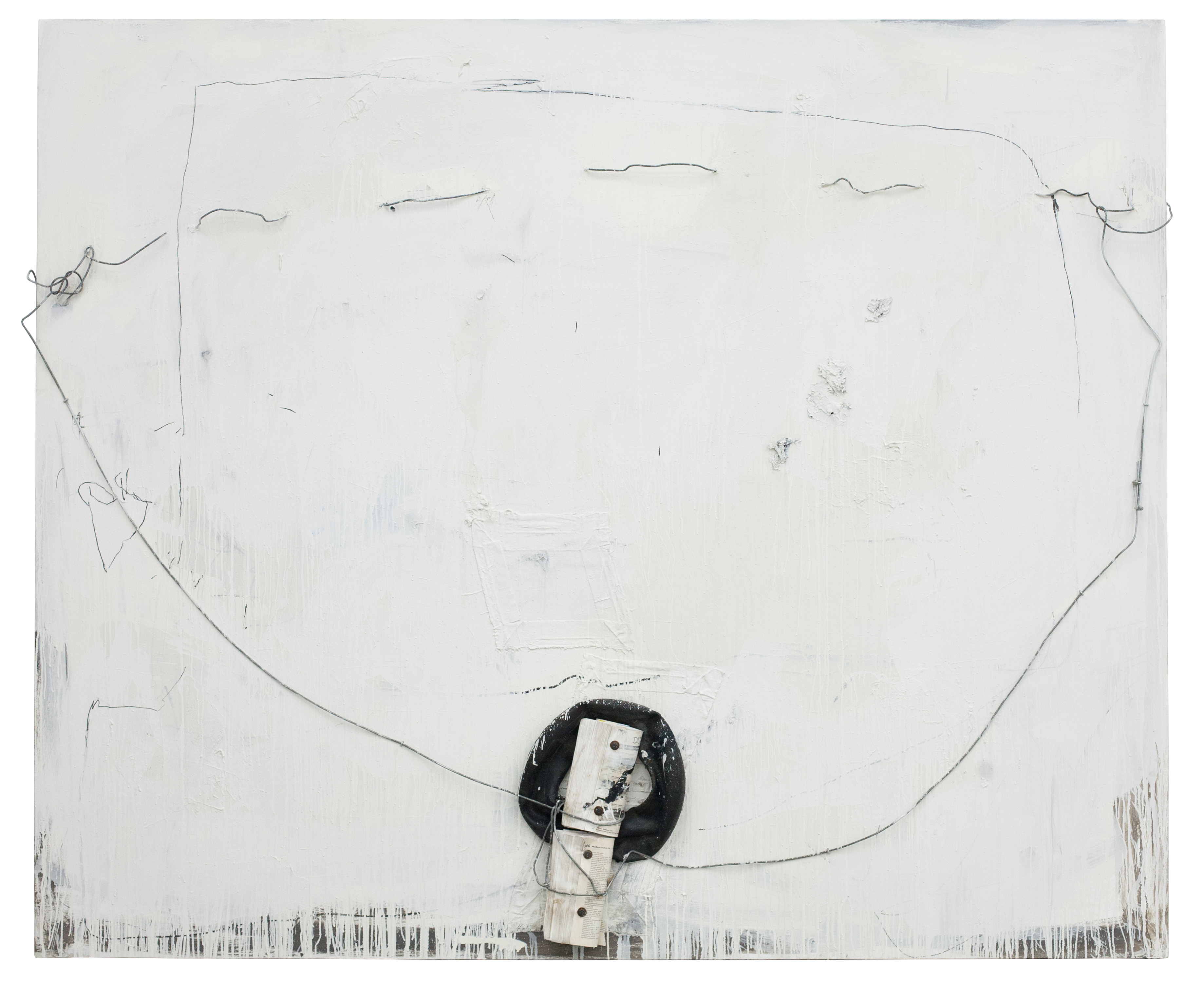
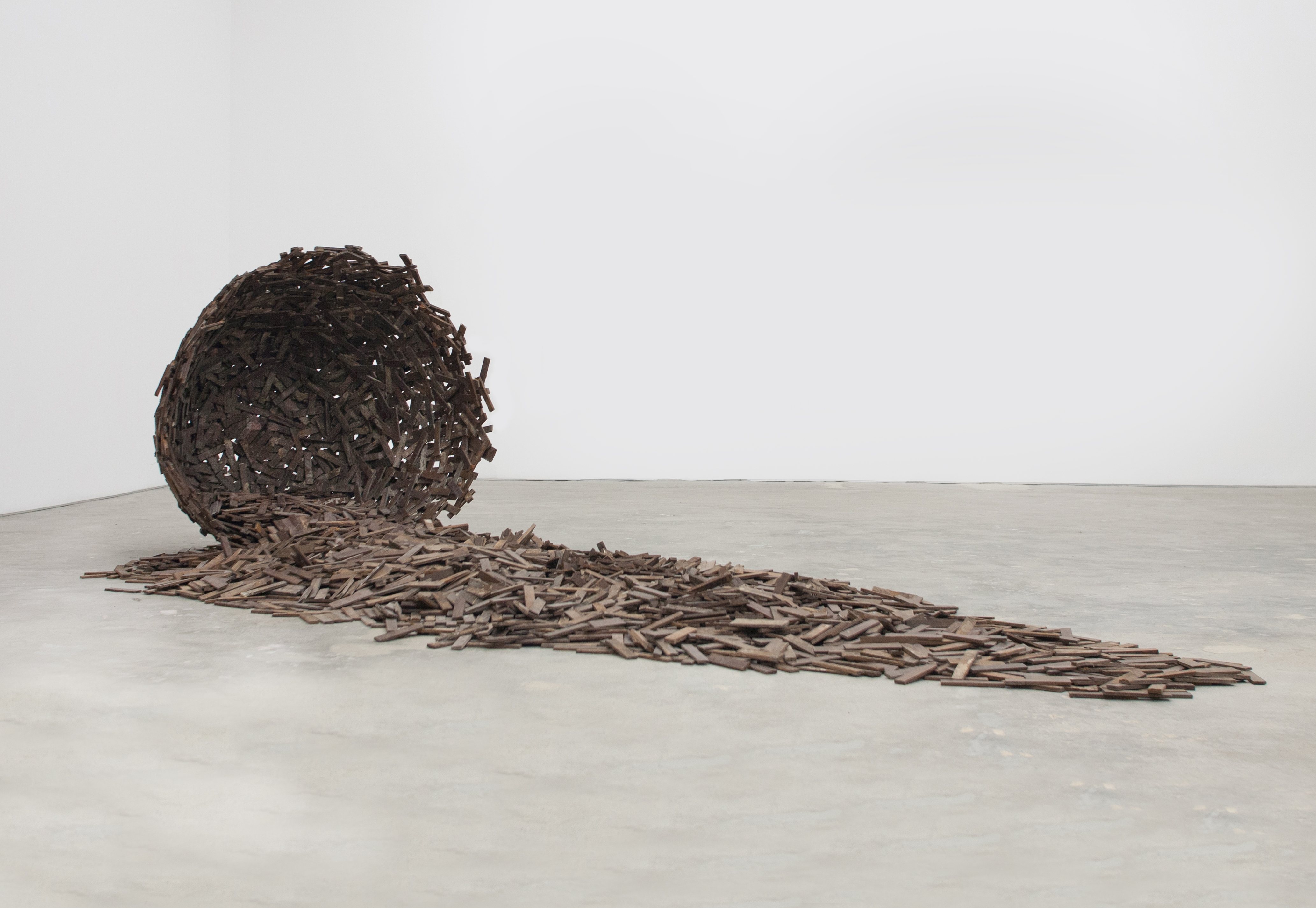
SPI_BP047
